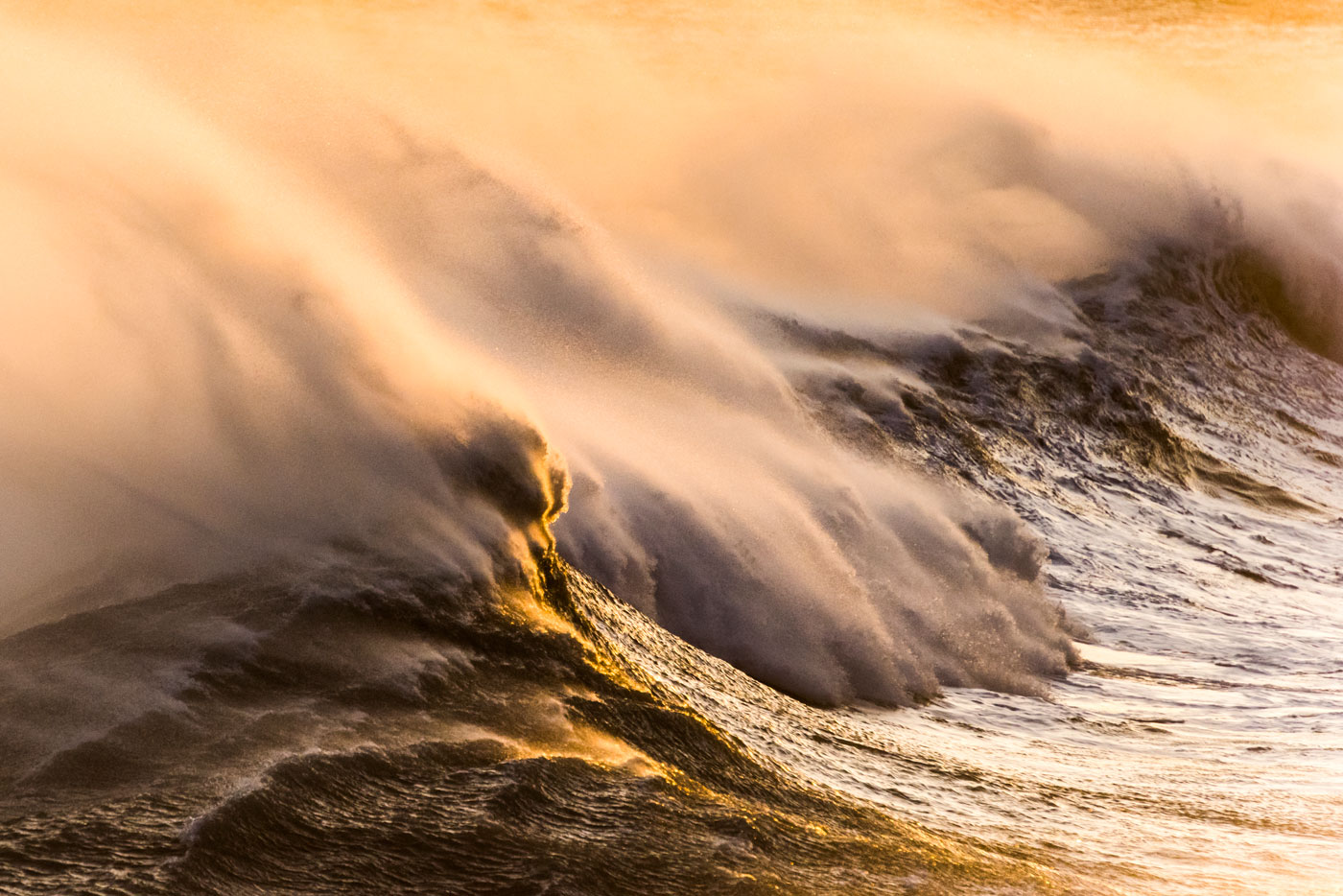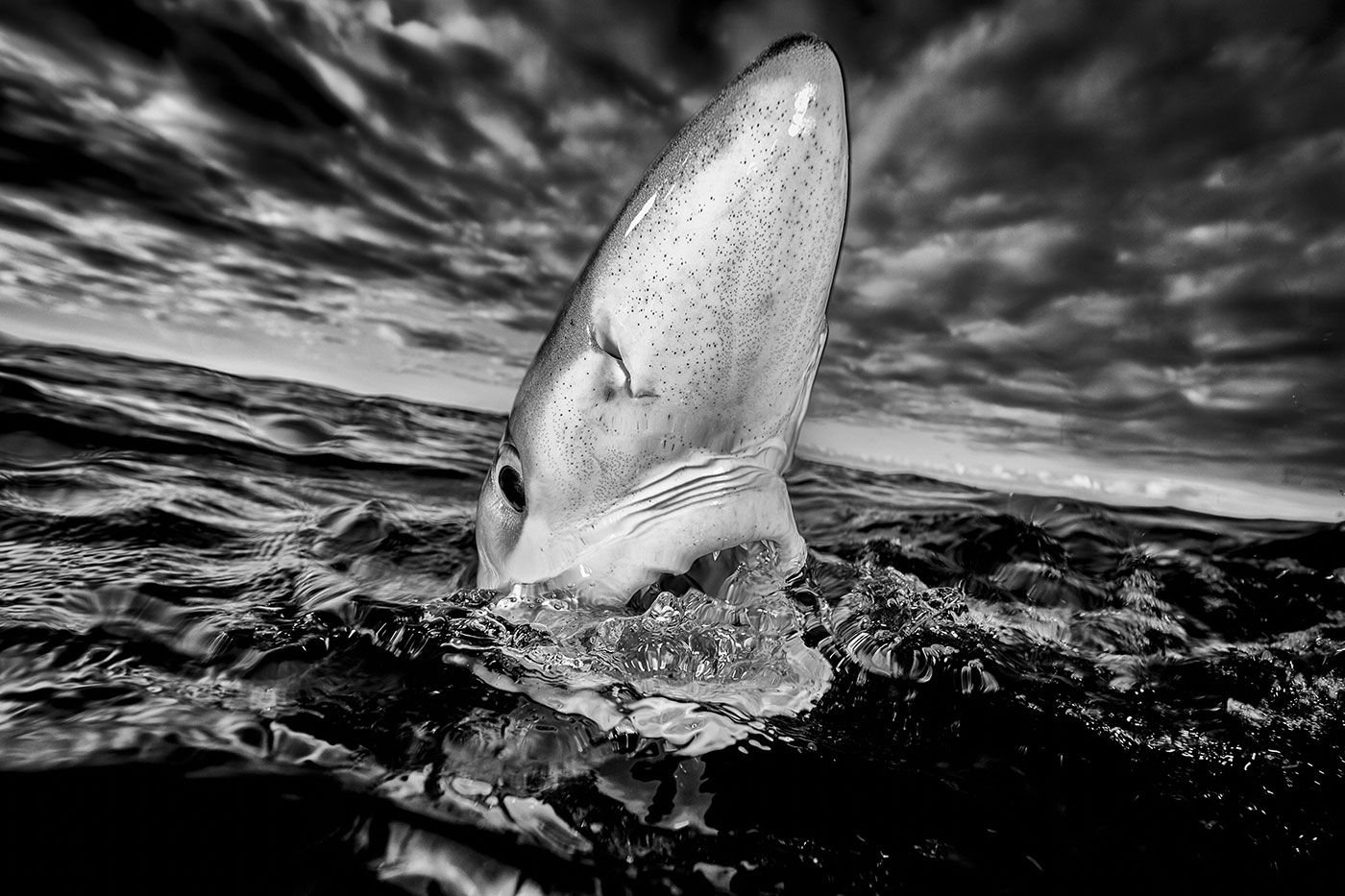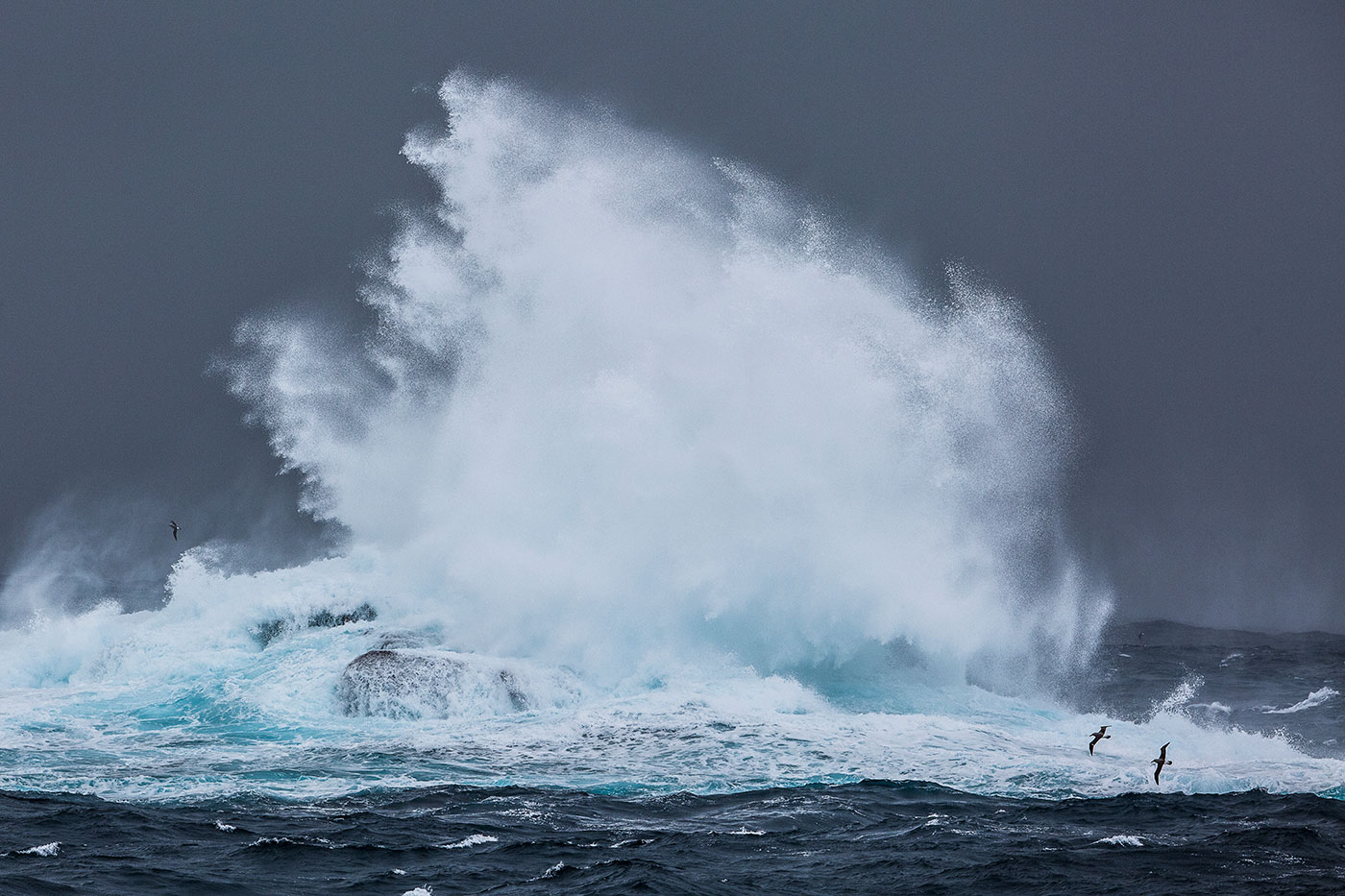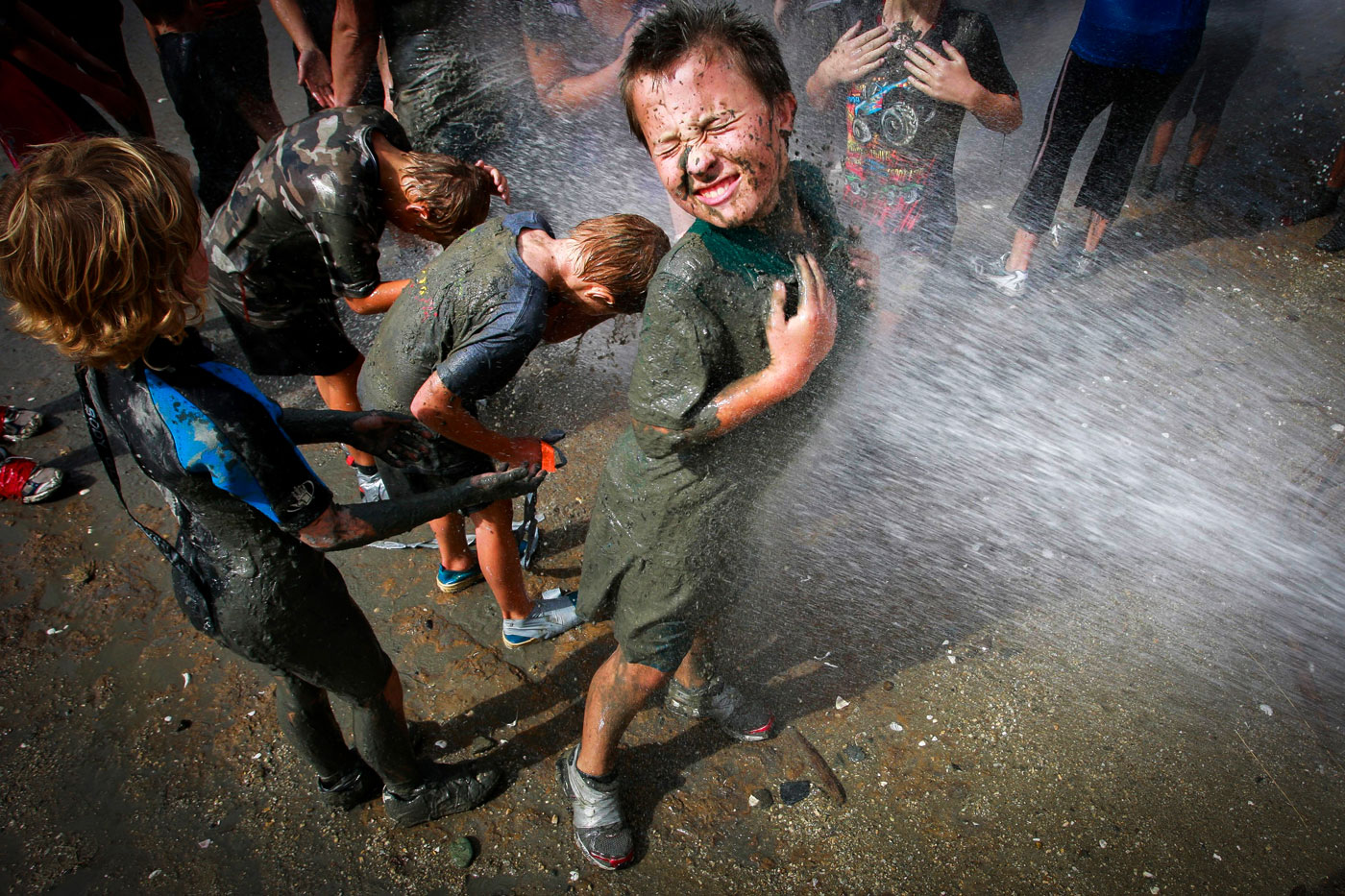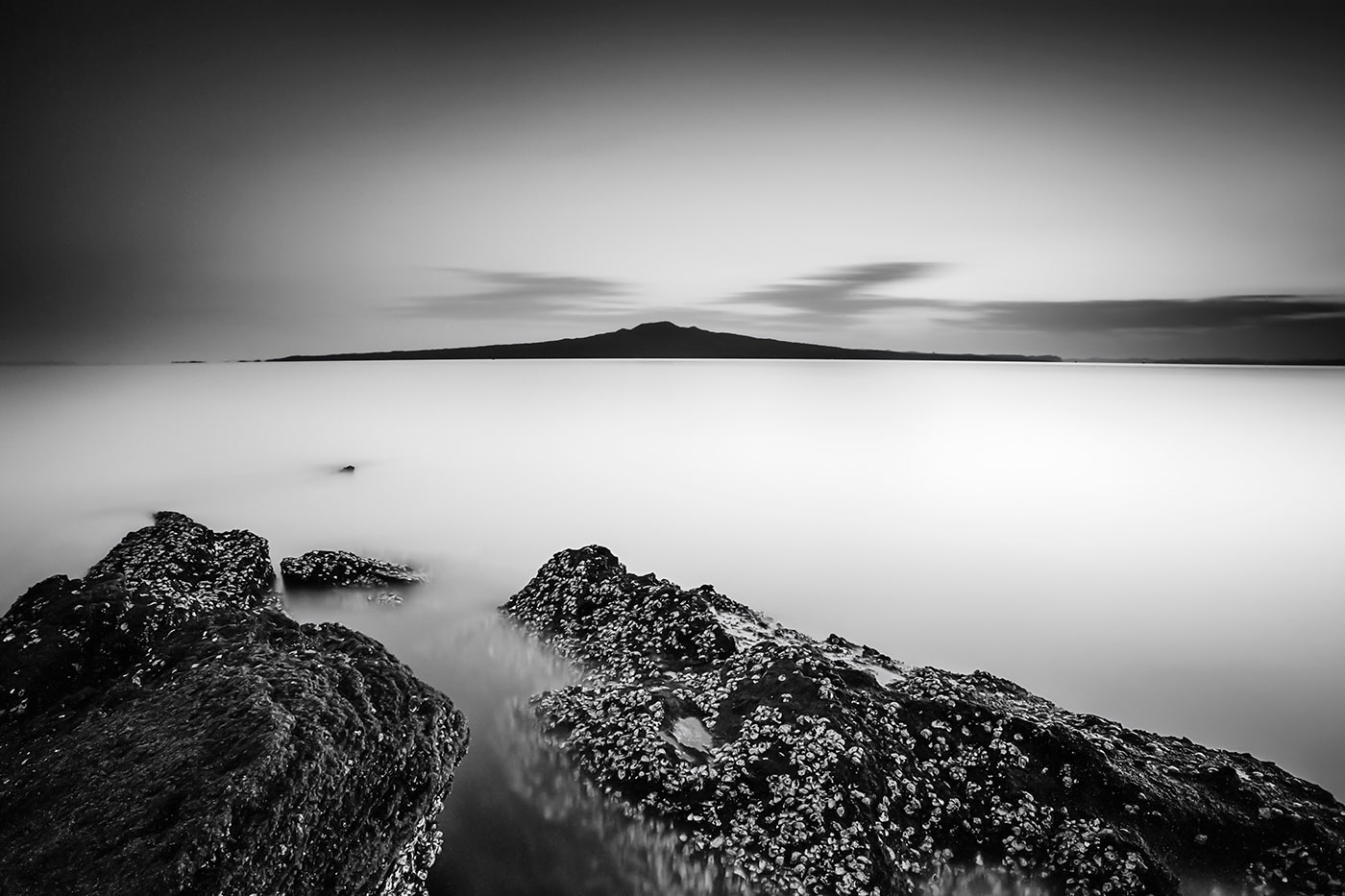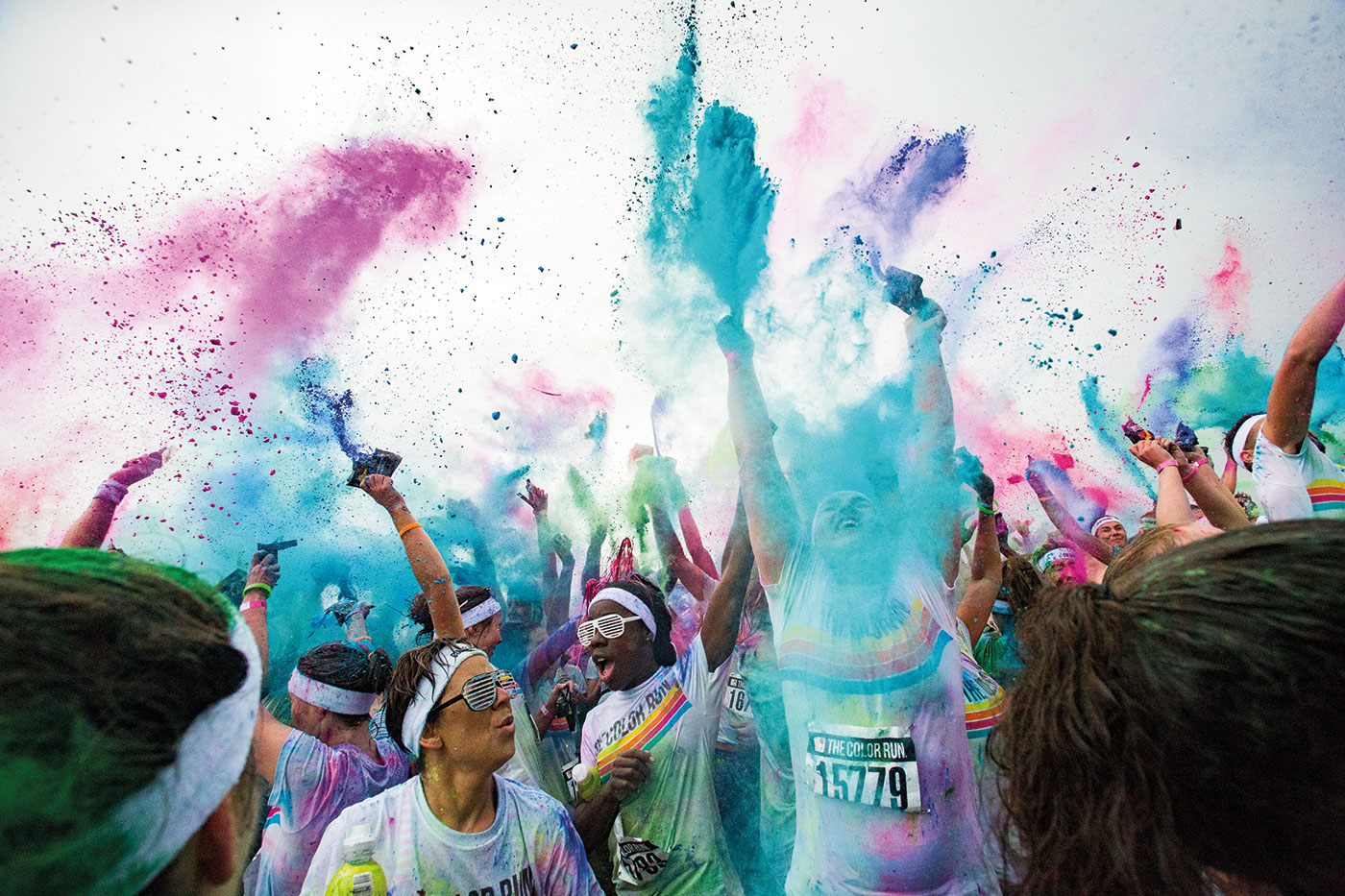New Zealand’s most coveted photography award, the New Zealand Geographic Photographer of the Year 2015, was last night won by Jason Hosking in what publisher/judges convenor James Frankham describes as “the most tightly contested year of the competition yet”. Hosking also won Potographer of the Year in 2014.
The New Zealand Geographic Photographer of the Year celebrates the best editorial photography across Society, Landscape, Wildlife, Photo Story and – new in 2015 – Timelapse categories. Twenty-eight finalists were selected from more than 5800 entries, resulting in just nine winners awarded at the ceremony.
“Each year, special recognition and the title of Photographer of the Year is given to a photographer whose submitted portfolio exhibits a coherence of visual approach and technical excellence across all categories entered,” Frankham said.
“Jason Hosking’s entries added innovation to those qualities also.
“A professional photographer of a decade’s experience, Hoskings recently took to the skies in search of perspective, building a drone, mounting a camera, and finding entirely new angles on his subjects. The aerial images complement his regular documentary work in a compelling way. It adds unexpected and artful interpretations on the world below.”
Hosking’s portfolio included fruit-pickers harvesting a grapefruit orchard with red crates among trees billowing with fruit, a new view high above the well-touristed Muriwai gannet colony, and a wakeboarder weaving a fine white ribbon through forest and water as he scythed down a river.
Turning his lens upon human society he captured a photo essay of the sheep meat industry, challenging viewers and consumers alike, and submitted a frame into the Society category of a performer and engineer quietly going about a last-minute sound check backstage at Golden Guitars country music awards in Gore. Perhaps his most powerful frame, however, was judged runner-up in the Landscape category; a breaker rolling into Cape Palliser in the Wairarapa—an image of raw natural power, but delicately back-lit by evening light.
The introduction of the Timelapse category was another innovation for the 2015 competition and brought new artists into the competition for the first time. “The commitment shown in the Timelapse entries is mind-blowing,” says Frankham. “Photographers lay in sleeping bags beside their cameras, monitoring the output every few minutes throughout the night—category winner, Jordan Poste, spent 40 hours in a glow-worm cave for a single two-minute clip!”
The Timelapse category was also popular with the public. Some 30,000 votes were cast in total, with Mark Gee’s Moonrise over Mt Victoria taking home the People’s Choice Award.
Other winners among the 5800 entries include Susan Blick’s stunning monochrome image of Rangitoto at dawn seen from the North Shore, Peter Meecham’s documentary coverage of the Miss Universe event, a chilling image of a blue shark emerging from the water near Little Barrier Island by Richie Robinson, and David White’s young girl making a pūkana face in the Urewera.
Ricky Wilson (18) of Marlborough, took out the Young Photographer award with a portfolio that included a young boy being hosed down after a mud run in Havelock and Iain McGregor won the Colour Award with his image of a ‘Color Run’ after-party in Christchurch.
“More than technical prowess, these photographs share an original perspective,” Frankham said. “They provide an insight into the fabric of our country and society that tells us something new about what it is to be a New Zealander or live in New Zealand. Each image trades on the access that the photographer gained, the moment they captured, and their unique contribution as an artist.
“Some of the images are universally delightful, others have proved controversial, but all of them elicit a response, whether that’s charm, awe or horror.
“We feature difficult pictures in New Zealand Geographic regularly,” Frankham said. “Challenging public assumptions about the nature of our environment and society has been at the core of the magazine’s philosophy for more than 25 years. Images that create the opportunity for those conversations to take place are what this competition is all about.”
The 2015 winning images can be seen in the November/December 2015 issue, on sale Monday 2 November. This issue focuses on the hot topic of climate change, rising seas, and what that means for New Zealanders.
There’s still time to view the free public exhibition of the best images from 2015 and previous years – but not much. The exhibition closes this Sunday (November 1) in Auckland’s Karanga Plaza; it’s open all day Saturday and Sunday from 10am to 5pm.
WINNERS
Photographer of the year – Jason Hosking
Young photographer of the year – Ricky Wilson
People’s choice – Mark Gee: Moonrise over Mt Victoria
Colour award – Iain McGregor: ‘Color Run’ afterparty in Christchurch
Wildlife – Richard Robinson: Blue shark rearing out of the water
Landscape: Susan Blick: Dawn looking over the Hauraki Gulf towards Rangitoto
Society & culture – David White: Girl performing a pukana on a horse
Photostory – Peter Meecham: The finals of Miss Universe New Zealand
Timelapse – Jordan Poste: Glowworms in Waipu Cave, Northland
SUMMARY
- Jason Hosking — New Zealand Geographic Photographer of the Year 2015 winner
- Mark Gee — People’s Choice winner
- Ricky Wilson — Young Photographer of the Year – winner
- Iain McGregor — Colour Award winner
- Susan Blick — Landscape winner; Jason Hosking — Landscape runner-up
- Peter Meecham — PhotoStory winner; Neil Silverwood — Photo Story – runner-up
- Richie Robinson — Wildlife winner; Richard Sidey — Wildlife runner-up
- David White — Society& Culture winner; Ricky Wilson — Society& Culture runner-up
- Jordan Poste — Timelapse winner
How & where
LANDSCAPE Jason Hosking Palliser Bay, Wairarapa It was a gusty September day when Jason Hosking went exploring the coastline of the lower Wairarapa, south of Castlepoint. High seas and strong offshore winds combined to create big plumes of spray off the back of the waves, while the very last light of the day lent a golden touch to the scene.Susan Blick Rangitoto, North Shore, Auckland Making long exposures of seascapes is a passion for photographer Susan Blick. “ It allows me to blend photography with art and gives an image a story,” she says. This one, taken from Auckland’s North Shore facing Rangitoto Island, was made during a peaceful sunrise “ where the sea was calm and the light fantastic” . An exposure of more than 500 seconds gives the image a soft, dreamy feel.
SOCIETY & CULTURE David White Te Ataahia Lambert, Tuai, Urewera. Photographer David White travelled to the Urewera for a Sunday Star-Times photo essay on the historic Treaty settlement with Tūhoe. “ The backbone of the story was going to hinge on an interview with tribal elder Tame Iti, but from a photographic point of view, I wanted to concentrate more on the Tūhoe youth,” he says. In the village of Tuai, he came across nine-year-old Te Ataahia Lambert and her family; after a cup of tea, he asked if he could photograph the children while they tended their horses in the fading light. When he raised his camera to photograph Te Ataahia, she widened her eyes and clenched her mouth in a pūkana, a facial expression used for emphasis.Ricky Wilson Muddy Buddy fun run, Havelock Ricky Wilson had spent a couple of hours photographing Havelock’s annual Muddy Buddy adventure race—a costumed fun run and obstacle course—when the fire service arrived on the scene to hose down competitors covered head-to-toe in mud. He switched to a wide-angle lens and got in close. It was a typical day out for Wilson, who spends his weekends shooting sports and other public-interest events around the Tasman region.Iain McGregor Colour Run, Christchurch During the five-kilometre Colour Run, inspired by the Hindu festival Holi, participants are encouraged to wear white clothing, and coloured powders are thrown at them as they loop the course at Canterbury Agriculture Park. But the day dawned grey and wet, and the colours blurred and ran together during the race. It wasn’t until the finish line dance party, when the mood lightened, that photojournalist Iain McGregor grabbed a plastic sleeve, wrapped it tightly around his camera, and joined in the fray. “ I went back to the office with multi-coloured hair, multi-coloured clothes,” he says. “ Colour got everywhere.”
WILDLIFE Richard Robinson Blue shark, Hauraki Gulf, Auckland. Underwater photographer Richard Robinson was looking for mako sharks behind Little Barrier Island in Auckland’s Hauraki Gulf, and not having much luck. It was getting late in the afternoon, and he’d been out most of the day throwing berley into the water when a blue shark swung by to investigate, rearing out of the water barely half a metre from the dome of Robinson’s camera housing. “ Blues are the most beautiful of the sharks in New Zealand,” he says. “ I think they’re really elegant.” Richard Sidey Salvin’s albatrosses, Bounty Islands Wanaka-based Richard Sidey spends more than half of the year travelling as the expedition photographer on small cruise ships to locations of natural interest in New Zealand and beyond. On a visit to the Bounty Islands, 22 granite outcrops clustered in three groups about 700 kilometres east of the South Island, he captured two Salvin’s albatrosses dwarfed by an enormous swell. One of the Bounty Islands previously had a depot of provisions stored for shipwrecked survivors; landing on the islands is difficult for sailors, if not the abundant birdlife.
TIMELAPSE Mark Gee Silhouettes, Wellington In 2013. Mark Gee filmed a timelapse of a full moon rising behind Wellington’s Mount Victoria, which took him a year to capture adequately. He uploaded it to his YouTube channel, a Japanese television show noticed, and asked him to recreate it—with Gee playing a starring role this time. The second effort took place on April 5, 2015, under perfect conditions: clear weather and a full moon rising early enough in the evening which ensured that there were many visitors to the Mt Victoria lookout to view the city lights below. Gee was stationed on the side of a road more than two kilometres away, his camera trained on the unwitting sightseers in the distance.Jordan Poste Glowworms in Motion, Waipu Cave, Northland It was third time lucky for Jordan Poste when it came to realising his dream of creating a timelapse of glowworms. His first attempt ended in battery failure and light contamination by a red camera LED. The next time, the cave was busy with tourists and water seeped into his lens. Finally, during a 40-hour effort in May 2015, Poste succeeded, sleeping at 30-minute intervals on an air mattress and waking to check the camera as it moved millimetre by millimetre. Each frame is an exposure of 30 seconds or more, so every 10 seconds of video took Poste more than two hours to shoot. To add a little extra illumination, Poste used handful of cheap bicycle lights stuffed into socks, which acted as makeshift diffusers. Glowworms are the larvae of fungus gnats; their tails glow with blue-green lights, which attract their prey into a trap of sticky threads.
PHOTO STORY Peter Meecham Miss Universe New Zealand, Auckland. Auckland photojournalist Peter Meecham always thought beauty pageants had plenty of photographic potential, so when an opportunity arose to document Miss Universe for Sunday magazine, he seized it—shooting an entire photo essay rather than the “ two or three” pictures the accompanying story required. He knew the success of the series depended on access, so he negotiated complete freedom backstage and attended two long days of dress rehearsals at Sky City Theatre as well as the event itself, he says. “ You’ve got to stay quite a while before people start to not notice you.” Neil Silverwood Exploring Bulmer Cavern, Tasman Bulmer Cavern is New Zealand’s longest cave system, with more than 70 kilometres of underground passages explored so far. In late 2014, five cavers spent a week camped underground in temperatures of three degrees—the same as a refrigerator—to investigate the sources of its streams. They placed fluorescent dye in a north-flowing stream at one end of the system, which emerged several days later at Blue Creek, almost nine kilometres to the north and across a drainage divide, suggesting the Bulmer system is much more extensive than originally believed. Afterwards, the cavers emerged to bad weather and a mountainside coated with 40 centimetres of snow, forcing them to retreat and wait for conditions to improve.
Share this Post

